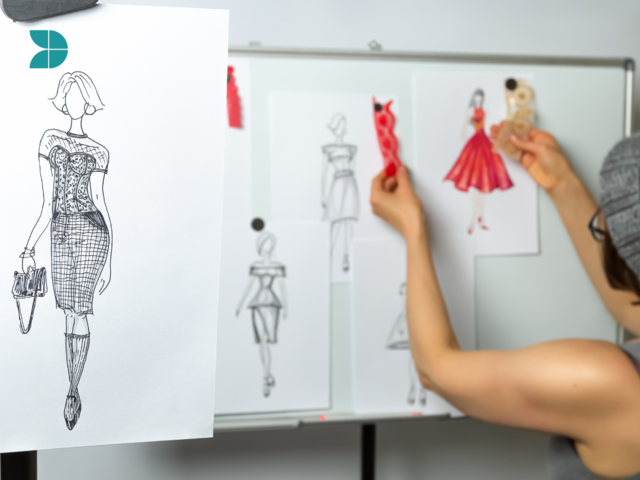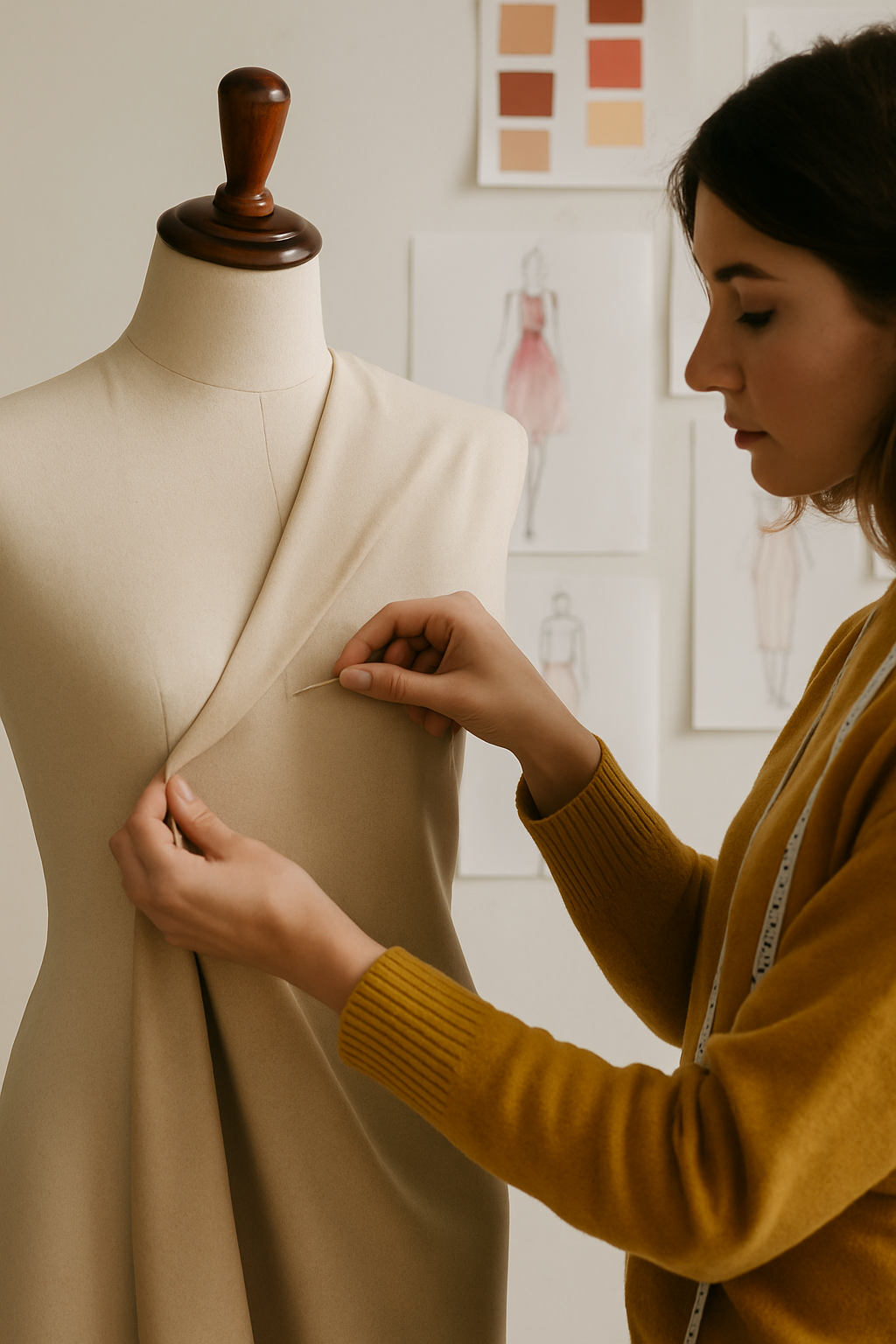It seems that these days, there is so much to do yet so little time and for those of us even remotely interested in fashion, versatility is the answer. We need garments that can transition from day to evening without compromising on style. In this blog post, we will unpack the art of designing clothing that work for both day and evening wear. We will discuss design considerations and provide practical tips to create multi-functional pieces that effortlessly blend comfort and elegance.

Developing day and evening looks
Before we get into the design process, first we must define the differences between daywear and evening wear. Daywear is typically casual or professional attire appropriate for daytime activities where comfort, functionality, and ease of movement are factors. Evening wear, on the other hand, is generally more glamorous and depending on the event, can be either formal or partywear. There is an emphasis on luxurious fabrics and refined silhouettes. While these categories have distinct characteristics, there are overlapping elements that can be used to create garments that can be worn during the day and at night.
The balance of comfort and elegance
In order to bridge the gap between day and evening wear, a balance must be met and the fabrics used can play an important role in achieving this balance. Choose breathable and functional fabrics for daywear that allow for ease of movement and comfort throughout the day. Cotton, linen, and lightweight knits are excellent choices in natural fibres. Evening wear necessitates more opulent fabrics such as silk, satin, chiffon, or velvet, which add a touch of glitz and sophistication. However, comfort should never be sacrificed, so consider incorporating stretch or draping techniques to improve the wearability of evening wear.

Silhouettes and design elements that are adaptable
Versatile silhouettes can be a subtle way to transform day wear to more dressy evening wear. Classic and timeless silhouettes that are universally flattering and easily accessorised are a good place to start. An elegantly tailored suit will be utterly transformed with the simple act of changing a white cotton shirt for a black satin blouse and adding a pair of killer heels. Also consider incorporating removable layers or accessories that can instantly elevate the look of the garment. A dress with a detachable collar or a jacket with removable sleeves are great examples of pieces that can be easily adapted to different occasions.
Versatile design details are also important in creating multi-functional garments. Necklines, sleeves, and hemlines can all be strategically placed to accommodate various occasions. A boat neck or V-neck, for example, can be appropriate for both day and evening wear, depending on the fabric and accessories.
Colour palette and fabric choices
Neutral tones such as black, white, grey, or navy are timeless and can be styled in a variety of ways. These colours form the foundation of a versatile wardrobe that can easily shift from day to night. Accent colours or prints can also be used to make statement pieces that add a splash of personality to any outfit. They can be dressed down in the day with a jacket or trainers and elevated to glamour at night with heels and a blazer.
Fabric textures and finishes can also increase a garment's versatility. A mix of matte fabrics, such as cotton or linen, that are ideal for daywear can be combined with fabrics such as silk or brocade to add a touch of elegance and sophistication for the evening.
Style suggestions for day and evening wear
Accessories can be the key to transitioning a garment from day to evening wear. When it comes to daytime styling, choose more casual and practical accessories that complement the overall look. A statement belt, comfortable shoes, and a structured bag can help to dress up a simple dress or separate outfit. Focus on statement accessories such as jewellery, a clutch bag, and heels for evening wear to add a touch of glamour and sophistication.
Layering techniques are also useful and adding or removing layers can completely change the appearance. A tailored blazer, for example, can be worn over a blouse for a professional daytime look and then removed for a sleek evening look. Consider using lightweight cardigans, shawls, or wraps that are easy to carry and add as needed.

Considerations for practicality and care
Daywear needs to be functional and easy to care for as well as stylish. Pockets, adjustable closures, and machine-washable fabrics are examples of functional elements that can improve the usability and longevity of a garment. To ensure that the garment can withstand the demands of everyday wear, easy care and durability are critical considerations.
Evening wear, on the other hand, frequently necessitates extra care and attention. Customers should be given care instructions to ensure the garment's longevity. Because delicate fabrics and intricate embellishments may necessitate specialised care, proper storage, handling, and cleaning techniques should be communicated.
Creating designs for special occasions
Creating clothing for special occasions involves careful thought. First is the dress code and the expectations associated with a formal event. While formalwear frequently necessitates more elaborate designs and luxurious fabrics, versatility is still possible. Concentrate on creating separates that can be mixed and matched to create an infinite number of combinations. Detachable trains, interchangeable sleeves, and removable embellishments provide versatility, allowing the garment to be repurposed for different occasions.
Creating garments that can be worn from day to night is a skill that combines aesthetics, functionality, and versatility. Designers can create garments that allow people to step effortlessly from one occasion to another regardless of its formality. Fabric choices, adaptable silhouettes, versatile design details, and practical styling tips are all useful areas to keep in your design arsenal. The key is to strike a balance between comfort and elegance and designers can create garments that enable people to navigate their busy lives with style and grace, from day to night.
Remember that at the Fashion Design Academy of Ireland, we offer courses that provide in-depth guidance on designing multi-functional garments. Enrol today to hone your skills in creating garments that can transition seamlessly from day to evening wear. Embrace the versatility of fashion and take your designs to new heights of style and functionality.

